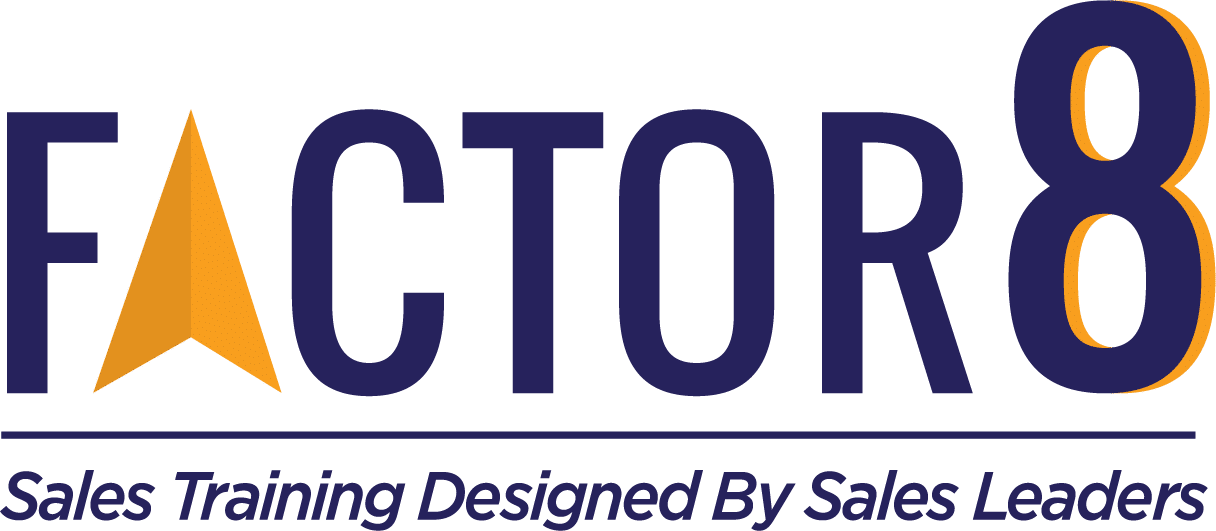BDR vs AE: What’s the Difference?
In the past five years, the acronyms BDR and SDR have jumped to the forefront of selling – particularly digital or virtual selling in the SaaS space. Feeling lost already? Don’t sweat it, this article will break it all down, and help you fully understand the difference between Business Development Reps (BDRs), Sales Development Reps (SDRs), Account Executives (AE), Customer Experiences & Success (CXS), Account Managers (AMs), and Inside Sales Reps (ISRs).
We’ll also cover the basic responsibilities of each role (to help you decide if it’s right for you or for your organization). Finally, we’ll differentiate some key skills for each so you can identify what training your existing or new teams may need.
Keep reading to learn the difference between BDR vs AE and the other different sales roles.
READ: How to Hire and Retain Top Sales Reps and Managers
What is the Difference Between a BDR vs. SDR?
The BDR and SDR roles are the tip of the sales spear or the top of the sales funnel. Their job is to get deals in the pipeline by hunting and/or qualifying leads. From there, the lead is deemed an opportunity and worked by an AE, ISR, Field Rep, AM, or another silly acronym. 🙂
Unsure what the difference is between a BDR and SDR? The key responsibilities for these roles are decided by each company. Few have both roles, and if they don’t, the terms are used interchangeably meaning the exact same role has a different name at different companies. I’ve seen the same function named “Biz Dev”, “Lead Gen”, “Appointment Setting”, “Lead Qualification”, “Junior Rep”, or even “Data Cleansing” (although that’s usually ever so slightly more administrative).
Larger sales organizations may have multiple “sales development functions” and use both acronyms. One could mean qualifying inbound leads and the other outbound leads. One may hand off to an account executive in the inside/digital organization and the other could be working with the field sales team. In summary, it’s never a dumb question to ask someone to clarify the job duties of their BDR/SDR sellers. Some smart questions to ask:
- Do they work with inbound leads, warm outbound leads, or cold outbound leads?
- Who do they hand off to?
- How are leads dispersed?
- What constitutes a qualified lead?
- What’s the primary goal (e.g. is it data cleanliness, sales qualification, or appointment setting?)
- How does this goal adjust based on the market, pipeline, and results?
- How is the role compensated?
What is an Account Executive?
The rise of the BDR (mind if I just type one of these from here on out?) came with two big recent trends: SaaS sales and role specialization. In the old days, sales meant you hunted it, killed it, ate it, and farmed it. The problem was when reps got a few big accounts that they could eat off of for a while, the hunting stopped. With the rise of the demo, companies shifted their focus. As the tech stack became a thing, we realized we needed sellers to be great at the demo (companies are still working on it) or the product showcase. Software organizations led the way in splitting sellers into three functions: Sales Development (BDR/SDR) called the leads and set appointments, Account Executives (reps who do the demo and close the deal), and Customer Success (CXS) who renew and upsell/cross-sell. Hunters, Closers, and Farmers. Sure it’s a mixed metaphor, but what AE wants to be called a Killer AE, am I right?!
About the same time as the rise of software came the rise of the millennial workforce. Different from their Gen X bosses, millennials want faster career mobility and more development. Hence the birth of the “micro promotion” and level in the BDR/SDR role with a clear path to AE. New sellers simply survive the pure hunting role for about 18 months and they’ll receive a few small promotions and the cushy AE role where minions pass them leads all day long.

What is an Inside Sales Rep?
So what about the rest of the alphabet soup? Let’s get into the more traditional sales roles, or these days simply non-software/high-tech: the ISR (Inside Sales Representative). We may also call them Acquisition Reps, Full-Cycle Sellers, Account Executives (yup, same name), or any other fancy title that sounds less like a seller but means, “I own the deal from cradle to grave.” My teams in the early 2000s were all ISRs. Hunt, Kill, Farm.
ISRs may be teamed with field sellers. These “outside reps” typically meet face-to-face with clients and therefore work the more complex and longer sales cycle deals. Organizations may use them in the “NFL cities” where it is geographically beneficial to add staff and use them inside for the rest, or they may split by deal size/complexity (anything under $100K is handled inside). Finally, you may split your sales teams by product type. Product X may be 10 years old, toward the top of the product lifecycle curve, and need a low-cost fast-response sales engine. These are goods that consumers feel comfortable ordering over the phone or online. The same company may have new products sold to different customer sets who will require more hand-holding, consensus building, and education – the field teams get these.
What is an Account Manager?
Alternatively, we have the Account Manager. These folks work large books of customers with diverse product sets. Their goal is to farm new business, penetrate the account further, and find opportunities to cross and upsell. Think of them as the Customer Success Reps of the non-software world. Their customers don’t require a renewal contract, but they do require some service and value-add to keep buying from you.
Can traditional sales engines also specialize? You bet. I’ve seen hunters/farmers in this world quite often. Then you might have an ISR/AE or “Sales Executive” upfront and an Account Manager or AM owning the account after the first sale or first period.
How to Build a Winning Sales Team
What a mouthful, right? So how do we know what’s right for you and your organization?
I say start with your sales goals, go-to-market strategy, and product complexity. Then compare all your decisions past your buyers’ preferences and build your strawman.
A few general rules before you decide which sales roles to hire for your sales team…
If you’re in a race for market share or have aggressive growth goals, keep your sales force inside and hire heavily. Then go invest heavily in marketing for brand recognition and lead generation. Split the organization so you have teams with a sole focus on hunting new opportunities and quickly converting those brought in by marketing.
Key sales skills here are the ability to quickly qualify new business, uncover the intent and value of the sale, and close for commitments on every call to speed the sales cycle. You’ll probably also want some virtual selling skills, objection handling, listening skills, and product demo or proposal training. These are often lacking in these quick-growth organizations, and your job is to find the gold, mine it, and bank it before your competition knows you’ve set up a general store.
Looking at a job in this arena means (psst, leaders, check your hiring profiles for) the ability to multitask, impatience for results, quick to connect with others, competitive, OK taking rejection, and a lover of high activity. Your super go-getters will be making high dials, winning fast, and losing fast. You’ll hear no more than yes, but if the right culture is built, the yes will be intoxicating.
Sellers who don’t love the thrill of the hunt or are nervous about rejection avoid the top-of-funnel sales roles. That means you need to stay out of high-tech and software and target a more traditional industry like manufacturing, distribution, medical, and services that have more full-cycle sales roles that require only a bit of hunting to be successful. These “closers” or AE, Sales Executive, or ISR type roles (using these interchangeably as full-cycle sellers) need great organizational skills, some cold calling as well as some great service skills, amazing online meeting and demo skills, and an ability to find and present unique value to each customer. Like full-time Account Managers with books of business or territories of hundreds of accounts, teach them business acumen, how to have the wallet share conversation, and how to ask for referrals. This prevents our farmers from simply depositing their harvest or inbound orders from their top 20 accounts.
Now, the field seller. This role typically earns more and is held by the more tenured seller. We’re looking for professionalism, maturity, business acumen, excellent rapport, and presentation skills. They go and close the million-dollar deals, wine and dine the big clients, and represent companies as the literal face of the business. Key skills for these folks are typically about doing better discovery and value building (so we don’t sell on price), but in the days of the pandemic looked a lot like the BDR and AE skills gaps of calling people, keeping them on the phone, and doing online demos.
A final word. The gate to most of the cushy AE, AM, and field jobs are the high-pressure hunting jobs. Don’t back away from sales just because of this! Most companies have made this nearly fool-proof by adding lead lists, helpful software tools, script starters, and training. If you’re smart, a great listener, care about the customer, and can show up on time for a consecutive 30 days, you will likely be promoted in your first year. Hang in and fall in love with sales. It’s worth it!
Hiring a team of sales reps?
Watch our session on “How To Build Your Training & Development Plan” to learn everything you need to know about incorporating training into your onboarding and employee development plan.

